Unlike most animals that rely on visual senses, bats navigate and locate prey or obstacles through echolocation.
Tag: bats
Nature’s sonar: Scientists reveal how Japanese horseshoe bats perceive moving objects
Unlike most animals that rely on visual senses, bats navigate and locate prey or obstacles through echolocation.
Sustainable practices can save Mexico’s blue agave, tequila and bats
Many associate tequila with lime wedges, salt, and parties. But the popular drink also has a negative impact on biodiversity, both on the blue agave from which it is made and, perhaps more unexpectedly, on bats.
Illinois expert available for Bat Week
URBANA, Ill. — Bats come out of the shadows during Bat Week (Oct. 24-31, 2023), an international awareness campaign that aims to educate the public about bat conservation in the week leading up to Halloween. University of Illinois Urbana-Champaign bat…
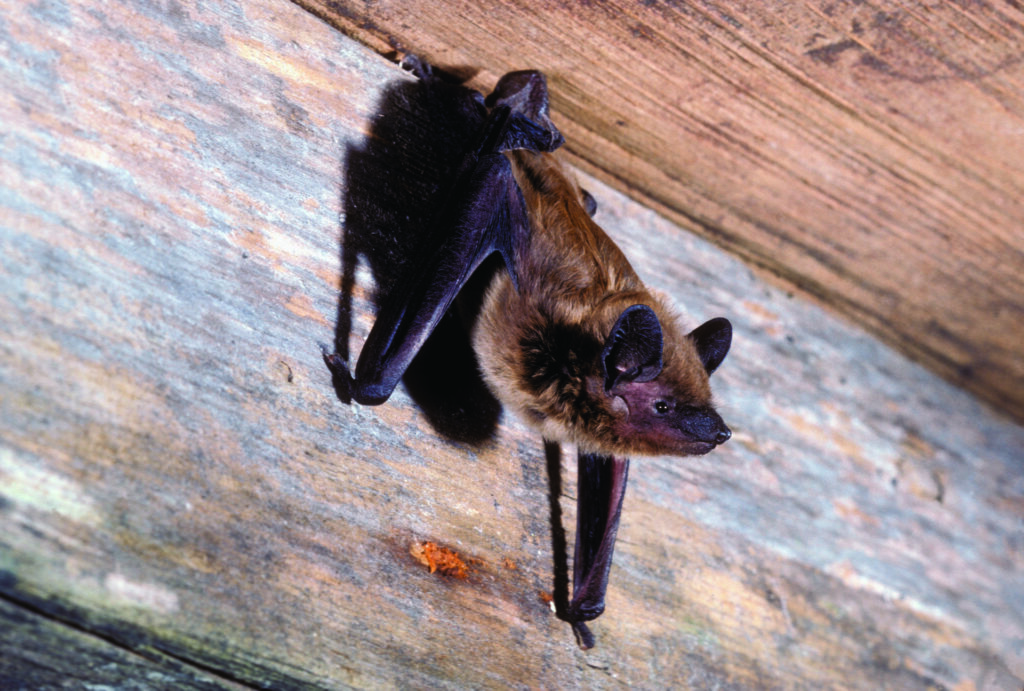
From the shadows to the spotlight – bring on the bats
More friend than foe, Halloween season a good time to dispel myths
Bats take spotlight during October’s Bat Week: Illinois expert available
URBANA, Ill. — Bats come out of the shadows during Bat Week (Oct. 24-31, 2023), an international awareness campaign that aims to educate the public about bat conservation in the week leading up to Halloween. University of Illinois Urbana-Champaign bat…

Do artificial roosts help bats? Illinois experts say more research needed
Artificial roosts for bats come in many forms, but a new conservation practice and policy article from researchers at the University of Illinois Urbana-Champaign suggests the structures haven’t been studied rigorously enough and may harm bats in some scenarios.
Bats feast as insects migrate through Pyrenees
Bats gather to feast as nocturnal insects fly through mountain passes in the Pyrenees each autumn, new research shows.
Bat activity lower at solar farm sites, study finds
The activity level of six bat species was significantly reduced at solar farm sites, researchers have observed.

To Prevent Future Pandemics, Leave Bats Alone
A new paper in the journal The Lancet Planetary Health makes the case that pandemic prevention requires a global taboo whereby humanity agrees to leave bats alone—to let them have the habitats they need, undisturbed.
Study reveals that bats experience hearing loss in old age
Many mammals suffer hearing loss in old age, but bats were thought to be immune to this phenomenon because of the importance of hearing for echolocation. However, researchers in Israel have discovered that bats lose their hearing in old age just like humans do.
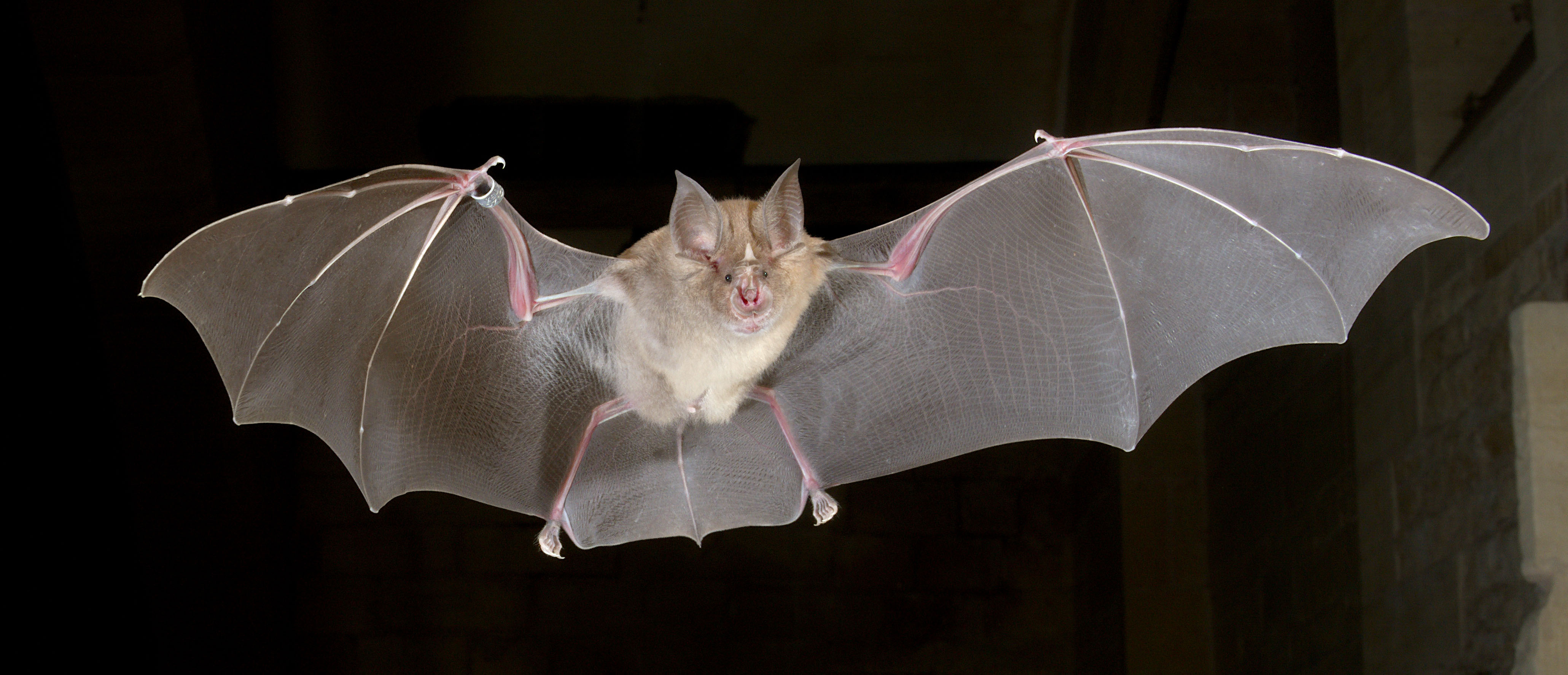
First Stem Cells From a Bat Species Known to Harbor SARS-CoV-2 Could Shed Light on Virus Survival and Molecular Adaptability
Researchers from the Icahn School of Medicine at Mount Sinai have generated the first induced pluripotent stem cells (iPSCs) from bats, gaining valuable insights into the close relationship between bats and viruses.
Bats use death metal “growls” to make social calls
Bats use distinct structures in the larynx to produce high-frequency echolocation calls and lower-frequency social calls, according to a study.
The Softer Side of Bats
Bats play a crucial role in many types of ecosystems. Alison Robbins, V92, is assistant director for the Master’s in Conservation Medicine (MCM) program and research assistant professor in the Department of Infectious Disease and Global Health at Cummings School of Veterinary Medicine at Tufts University. She has been at Tufts for nearly 30 years and has been researching bats for 15 years.
The ultimate campus move-in challenge: Rehoming the University of Florida’s iconic bat colony
The university is home to the world’s largest occupied bat houses, a trio of raised structures located on campus across from Lake Alice on Museum Road. Together, two of these houses shelter an estimated 500,000 bats — possibly the biggest bat colony east of the Mississippi River. Crowds gather regularly to watch the twilight spectacle of bats streaming from the houses to hunt insects under the cover of darkness. Now, with the oldest and most densely occupied bat house dilapidated beyond repair, UF staff will attempt to woo its residents into the newest bat barn, which has remained devoid of bats since its construction in 2017.
What bats can teach us about stopping the next pandemic
A new Tulane study says the link between bats and coronaviruses is likely due to a long-shared history, and that their genetic information can help us prevent and manage future pandemics.
Moths use ultrasound to defend against bats
Scientists discovered that ultrasonic defenses moths use to avoid bats are widespread in the insects, and that many harmless moths seem to mimic their toxic cousins to avoid becoming prey.
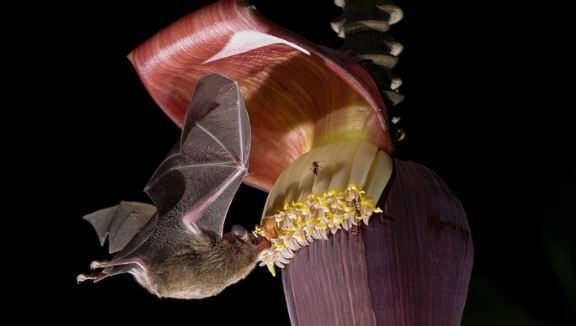
Bat guts become less healthy through diet of ‘fast food’ from banana plantations
Nectar-feeding bats foraging in intensively managed banana plantations in Costa Rica have a less diverse set of gut microbes in comparison to bats feeding in their natural forest habitat or organic plantations, reveals new research published today in Frontiers in Ecology and Evolution.
Moth wingtips an ‘acoustic decoy’ to thwart bat attack, scientists find
Wingtips of certain species of silkmoth are structured to reflect sound and throw off attackers, according to a new study.
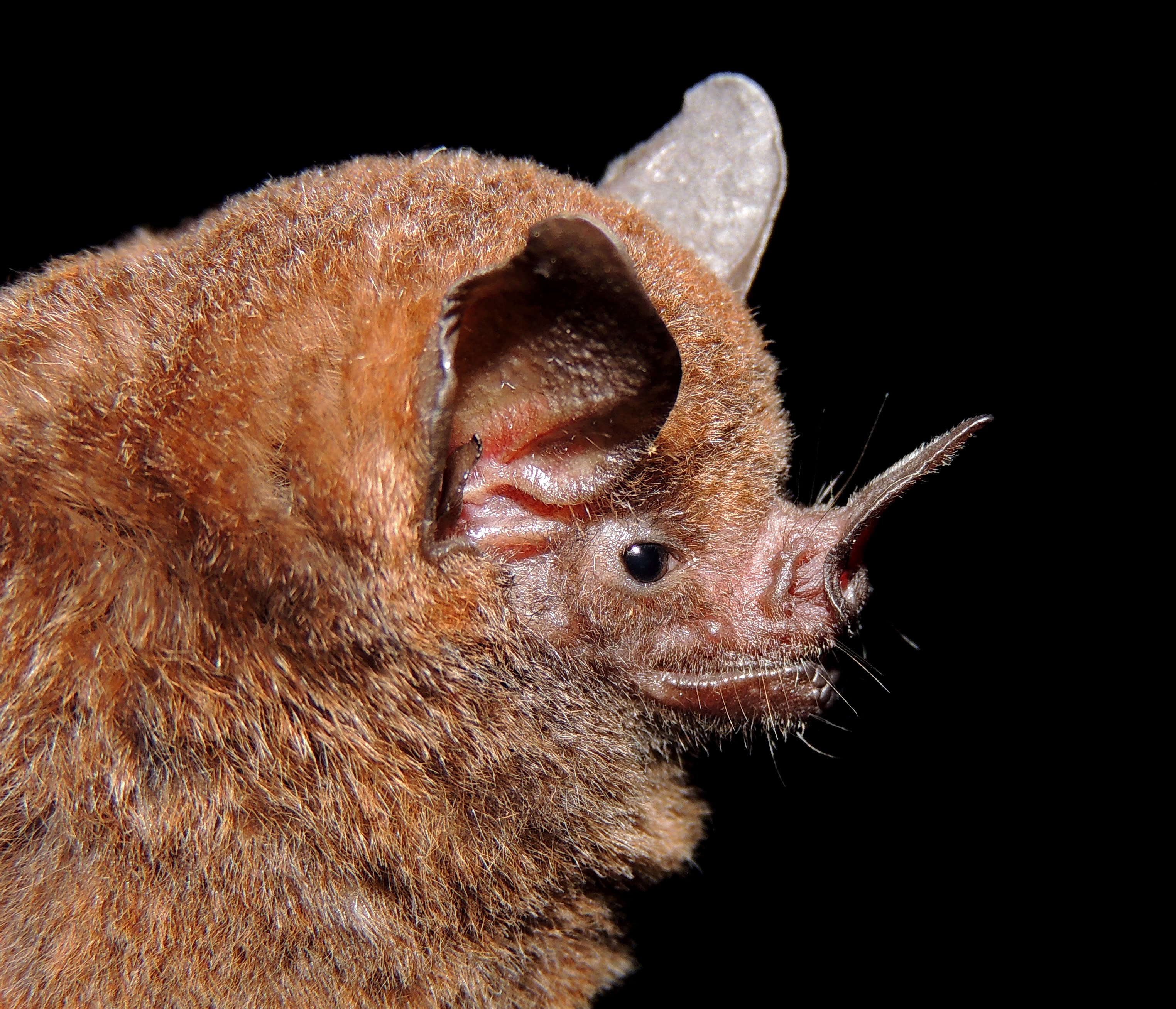
More pepper, please
A study published Aug. 11 in the Proceedings of the Royal Society B by researchers at the University of Washington and Stony Brook University reports on how bats and pepper plants in Central America have coevolved to help each other survive.
‘An unexplored world right beneath our feet:’ Cave ecologist on the importance of caves in discussions on conservation, caves on other planets
Jut Wynne, director of NAU’s Cave Ecology Lab, talks about cave health all the time. But during 2021, the International Year of Caves and Karst, he and other researchers are inviting the rest of us to consider all the ways these ecosystems contribute to society without us even knowing it.
Acoustical Evolution Increases Battle Between Predator, Prey
In the battle between hunter and hunted, sound plays an integral part in success or failure. In the case of bats vs. moths, the insects are using acoustics against their winged foes. During the 180th ASA Meeting, Thomas Neil from the University of Bristol will discuss how moth wings have evolved in composition and structure to help them create anti-bat defenses. The session, “Moth wings are acoustic metamaterials,” will take place Wednesday, June 9.
Hepatic lipid signatures of little brown bats (Myotis lucifugus) and big brown bats (Eptesicus fuscus) at early stages of white-nose syndrome
Abstract White-nose syndrome (WNS) is an emergent wildlife fungal disease of cave-dwelling, hibernating bats that has led to unprecedented mortalities throughout North America. A primary factor in WNS-associated bat mortality includes increased arousals from torpor and premature fat depletion during…
A surprising discovery: Bats know the speed of sound from birth
Bats’ “supersense” of time
Rutgers Professor Joan Bennett Elected to American Academy of Arts & Sciences
Joan W. Bennett, a Distinguished Professor of plant biology and pathology at Rutgers University–New Brunswick, has been elected to the American Academy of Arts & Sciences. She joins neurosurgeon and CNN medical correspondent Sanjay Gupta, NASA’s Goddard Space Flight Center atmospheric scientist Ann Thompson and media entrepreneur and philanthropist Oprah Winfrey.

Midwest to the Pacific: Hosto explores fruit bats
The research will help provide information on actions that could be taken to save the Mariana fruit bat, which faces extinction.
Rutgers Bat Researcher Can Discuss Iconic Halloween Animals
New Brunswick, N.J. (Oct. 20, 2020) – Evan Drake, a bat researcher and doctoral student at Rutgers University–New Brunswick, is available for interviews on iconic Halloween animals and misunderstood wildlife, as well as bats and COVID-19. Halloween is known for…
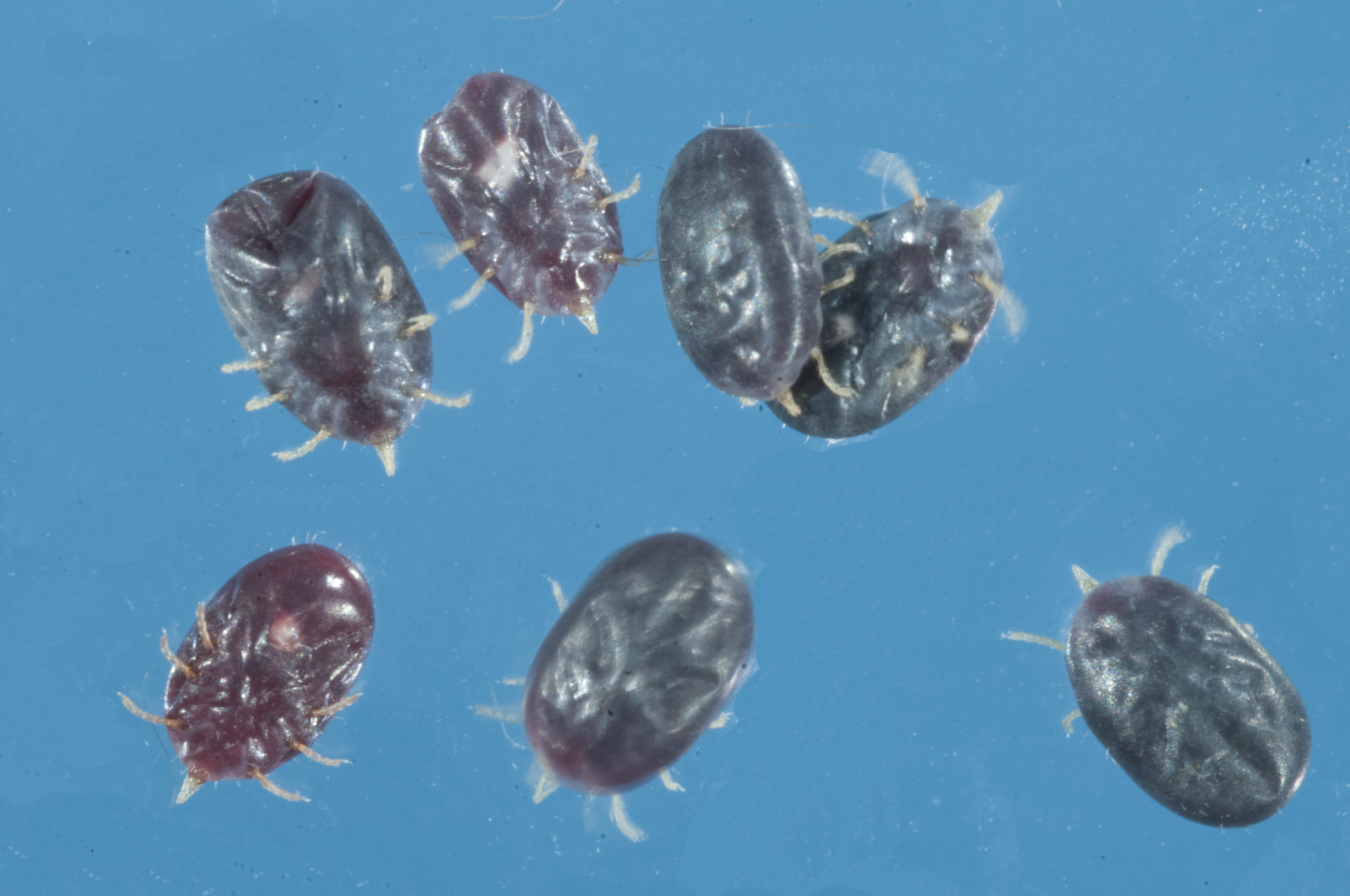
Bat Tick Found for the First Time in New Jersey
A tick species associated with bats has been reported for the first time in New Jersey and could pose health risks to people, pets and livestock, according to a Rutgers-led study in the Journal of Medical Entomology. This species (Carios kelleyi) is a “soft” tick. Deer ticks, which carry Lyme disease, are an example of “hard” ticks.
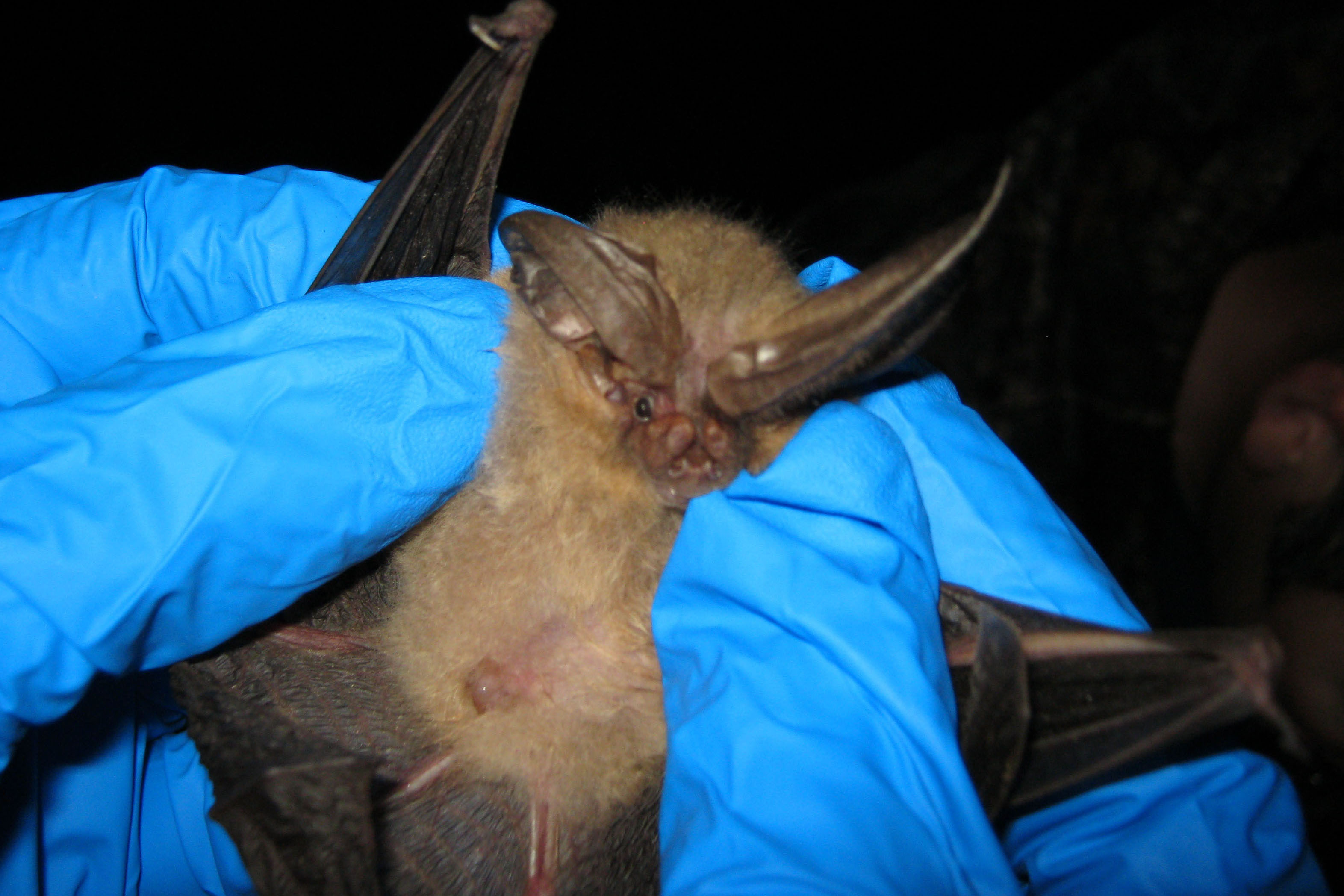
EXPERT PITCH: Zoonotic diseases, bats and the connection to COVID-19
The coronavirus (COVID-19) pandemic brings with it a lot of misinformation, myths and other unknowns to tackle, including the origin of the disease. WVU Extension Service Wildlife Specialist Sheldon Owen notes that to understand how bats are related to the…
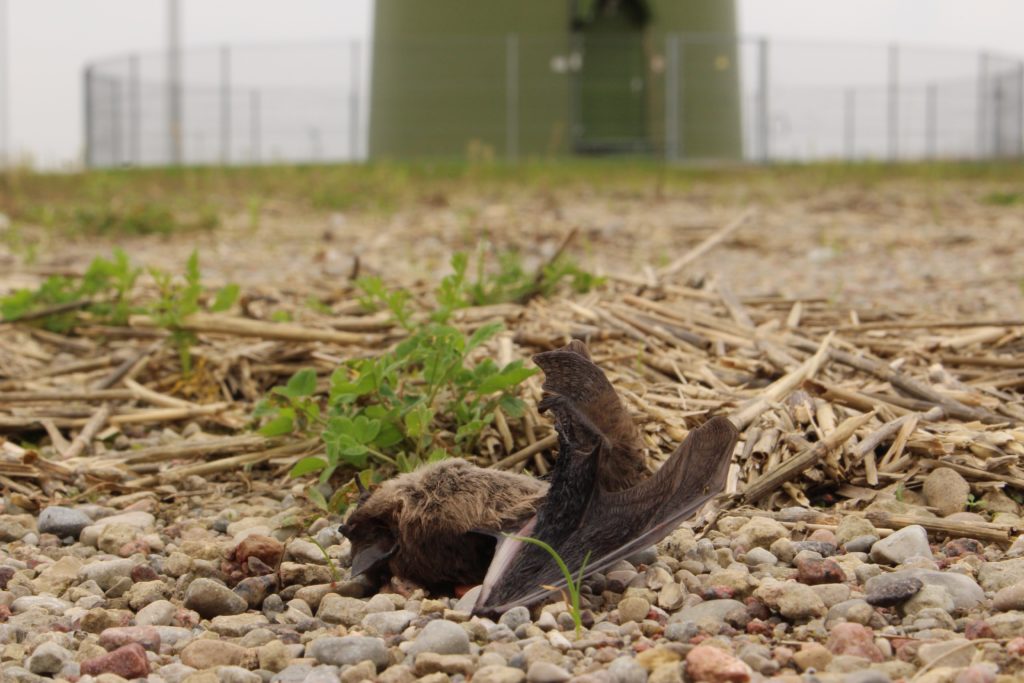
Saving Bats from Wind Turbine Death
Wind energy holds great promise as a source of renewable energy, but some have wondered addressing climate change has taken precedence over conservation of biodiversity. Wind turbines, for example, kill some birds, and the fatality rate for bats is even higher. In the Journal of Renewable and Sustainable Energy, scientists report the results of a survey of stakeholders in the wind energy field about attitudes toward the relative emphasis on climate change versus biodiversity issues.
It’s a fecal sequel: New research from interdisciplinary team expands the answers we can get from bat guano
Geneticist Faith Walker, a researcher at Northern Arizona University, tested whether other questions could be answered by her Species from Feces assay beyond just species. Her answer? Yes, quite a few more questions can be answered.